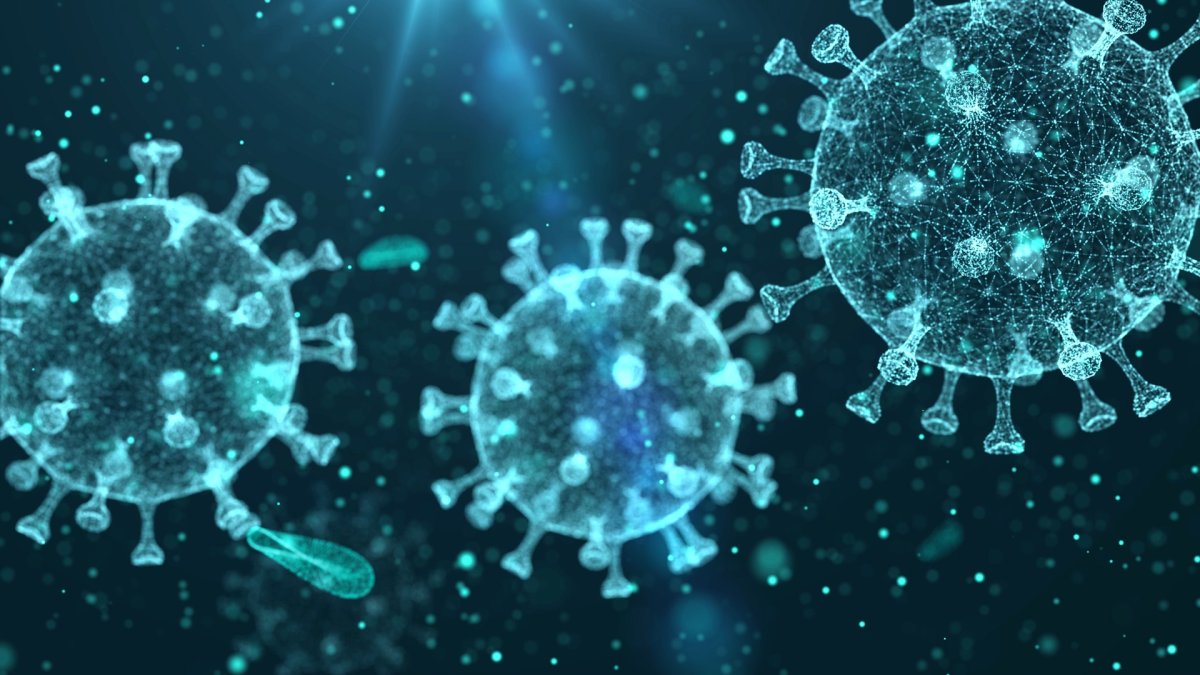
What the Data Shows
The average number of new COVID-19 cases continues to fall in D.C., Maryland and Virginia, according to data for Sunday.
D.C. announced 55 more cases of the virus and no more additional deaths. About 40% of D.C. residents were partially or fully vaccinated. About 20% were fully vaccinated.
We're making it easier for you to find stories that matter with our new newsletter — The 4Front. Sign up here and get news that is important for you to your inbox.
Maryland announced 649 more cases of the virus and the deaths of 10 more people. About 46% of the population had received their first vaccine dose. About 32% were fully vaccinated, and 3% received the single-dose vaccine.
Virginia announced 459 more COVID-19 cases. Thirteen more people died. About 45% of the population had received their first vaccine dose. About 32% were fully vaccinated.
Local Coronavirus Headlines
- D.C. loosened rules for vaccinated people on face coverings, travel and self-quarantining, but following an update to an executive order on Saturday, the mayor's office made it clear that no one can walk into a restaurant or business without a mask. Businesses can, however, require proof of vaccination.
- Maryland Gov. Larry Hogan lifted the state's outdoor mask mandate on Wednesday, saying "consistent improvements" in the state's health metrics allowed officials to take steps to "continue our health and economic recovery." Face masks will still be required at large, ticketed venues and indoors.
- Residents of Arlington County and the city of Alexandria who are age 16 and older may now make vaccine appointments directly, without pre-registering first. Those age 16 and 17 should look for appointment dates where the Pfizer vaccine is offered, officials said.
- In an official opinion issued Monday, Virginia Attorney General Mark Herring concluded that Virginia colleges and universities have the authority to require COVID-19 vaccinations for students.
- Maryland and Virginia health officials told providers to resume their use of the Johnson & Johnson COVID-19 vaccine after federal agencies lifted a pause on the vaccine.
- The National Zoo and seven other Smithsonian facilities in the D.C. area are set to reopen this month. Here's how to plan your visit.
- As the District continues to vaccinate its residents, DC Health is aiming to reach Asian Americans through its Faith in Vaccine program.
- A Maryland biotech company developed a test to help predict how sick you may get from COVID-19. The company is awaiting FDA emergency use approval.
- Virginia has a new mass vaccination site at Tysons Corner Center. Here's how to look for an appointment to get your shot there.
- NBC News is making finding information on when, how and where to obtain your coronavirus vaccination easier with its Plan Your Vaccine website.
Key Charts and Graphs
The vaccinated population in D.C. may be overestimated in this map because some non-residents who work in D.C. are included in the totals.
Vaccination Portals by County
As vaccinations in our region ramp up, here's a look at local portals residents can use to sign up for vaccination appointments or sign up to receive alerts.
- Washington, D.C. signups – vaccinate.dc.gov
- Maryland signups – www.marylandvax.org/ and covidvax.maryland.gov
- Virginia pre-registration – https://vaccinate.virginia.gov/preregister.html
- Montgomery County – www.montgomerycountymd.gov/covid19/vaccine/
- Prince George's County – www.princegeorgescountymd.gov/3730/COVID-19-Vaccination
- Howard County – www.howardcountymd.gov/Departments/Health/MM-Alerts-and-Recalls/COVID-19-Vaccine
- Anne Arundel County – aacounty.org/covidvax
- Fairfax County – www.fairfaxcounty.gov/health/novel-coronavirus/vaccine
- City of Alexandria – www.alexandriava.gov/health/info/default.aspx?id=119270
- Loudoun County – www.loudoun.gov/covid19vaccine
- Prince William County – coronavirus.pwcgov.org/vaccine-information/ & VDH
How to Stay Safe
Anyone can get COVID-19. Here are three simple ways the CDC says you can lower your risk:
- Wear a snug-fitting mask that covers your nose and mouth.
- Avoid being indoors with people who are not members of your household. The more people you are in contact with, the more likely you are to be exposed to COVID-19. If you are indoors with people you don’t live with, stay at least six feet apart and keep your mask on.
- Wash your hands often, especially after you have been in a public place.